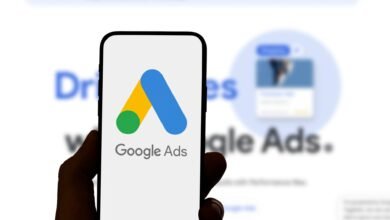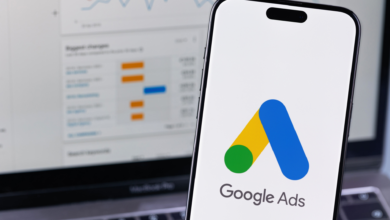Google Introduces New Global ‘Sponsored’ Ad Labels

▼ Summary
– Google is launching a new “Sponsored results” label globally for desktop and mobile, grouping text and Shopping ads under a clearer header.
– This update allows users to hide entire groups of sponsored results directly on the search results page for a more personalized experience.
– Clearer labeling and the option to hide ads may impact ad visibility and click-through rates, requiring brands to focus on relevance and quality.
– The change aims to make ads easier to identify and streamline navigation, balancing user trust and advertiser visibility in Search.
– For advertisers, this could lead to higher-quality clicks from users who better understand they are engaging with paid results.
Google is rolling out a new global advertising label called “Sponsored results” for both desktop and mobile platforms. This initiative combines text and Shopping advertisements under a single, more noticeable heading, making it simpler for users to recognize paid content. The change represents one of the most significant updates to Google’s ad labeling system in recent memory.
Under the new format, text advertisements will be grouped together beneath a prominent Sponsored results banner. This same labeling approach extends to other ad types, including Shopping ads, creating a uniform appearance across different formats.
A notable feature accompanying this update is the ability for users to hide entire sections of sponsored content directly from the search results page. This functionality provides individuals with greater control over their browsing experience, allowing them to customize what they see during their search sessions.
From a marketing perspective, these developments carry important implications. Enhanced transparency in advertising identification, coupled with user-controlled ad visibility, may affect how frequently ads are seen and how often they receive clicks. Brands will need to place increased emphasis on creating highly relevant and compelling advertisements to capture the attention of users who voluntarily choose to view promotional material.
Google’s broader objective involves improving the clarity of advertisement placement while simultaneously simplifying user interaction with search results. This effort reflects the company’s continuous work to maintain equilibrium between establishing user confidence and delivering value for advertisers within its search ecosystem.
For businesses running Google ad campaigns, the revised labeling system could lead to more valuable user interactions. When searchers clearly understand they are viewing paid promotions, the resulting clicks may come from more informed and genuinely interested individuals, potentially improving overall campaign performance.
(Source: Search Engine Land)





